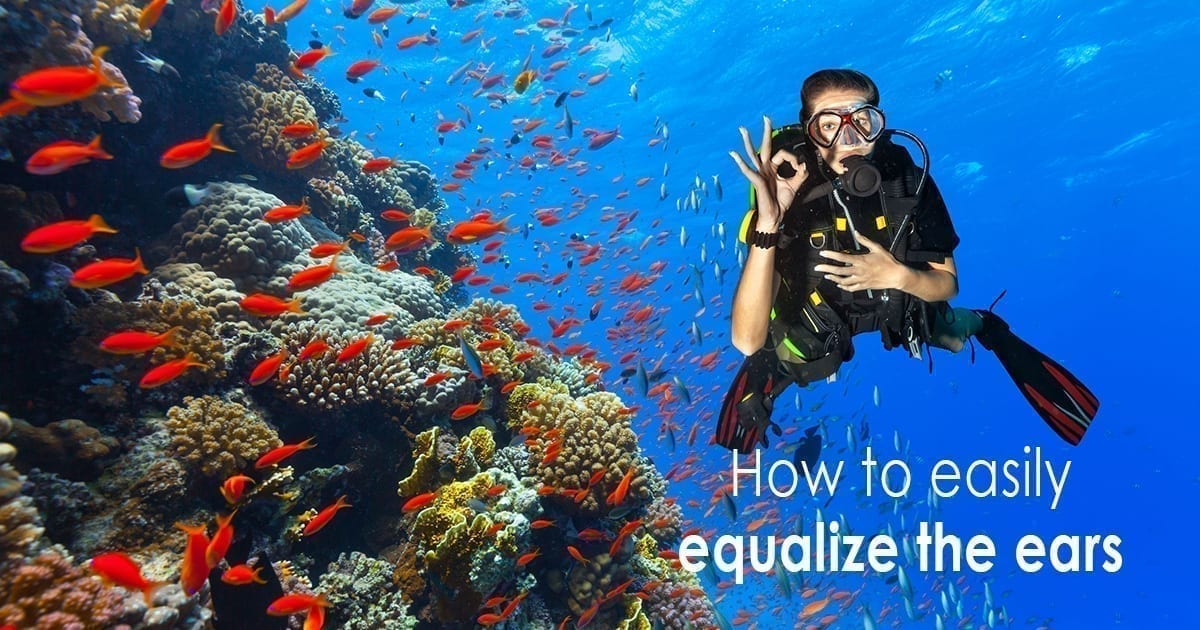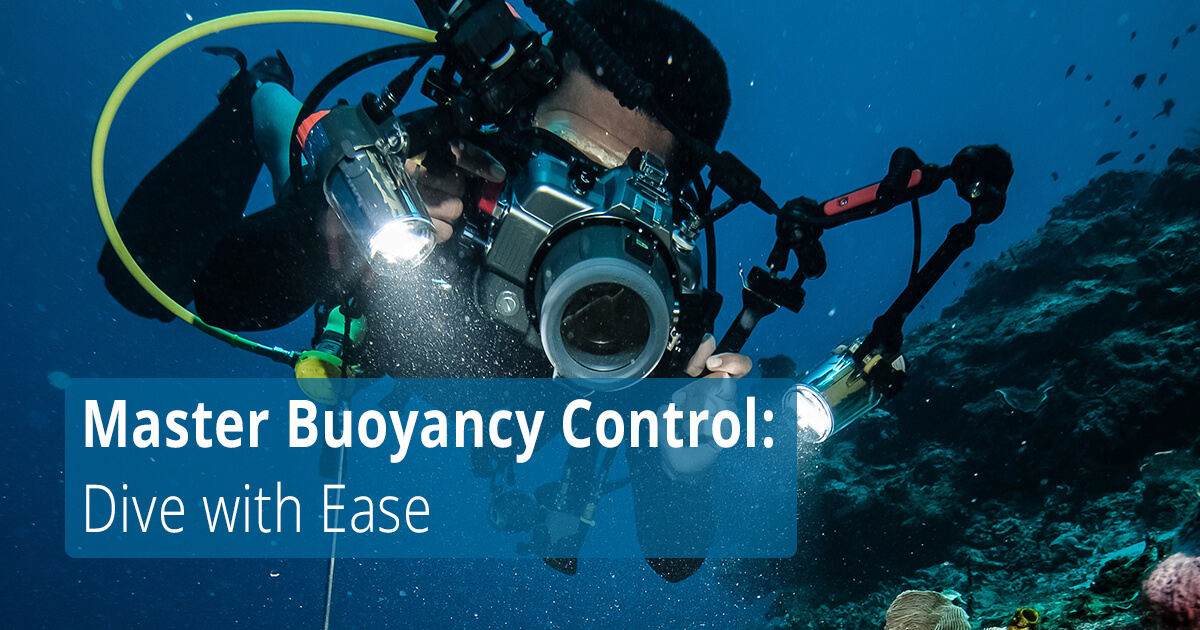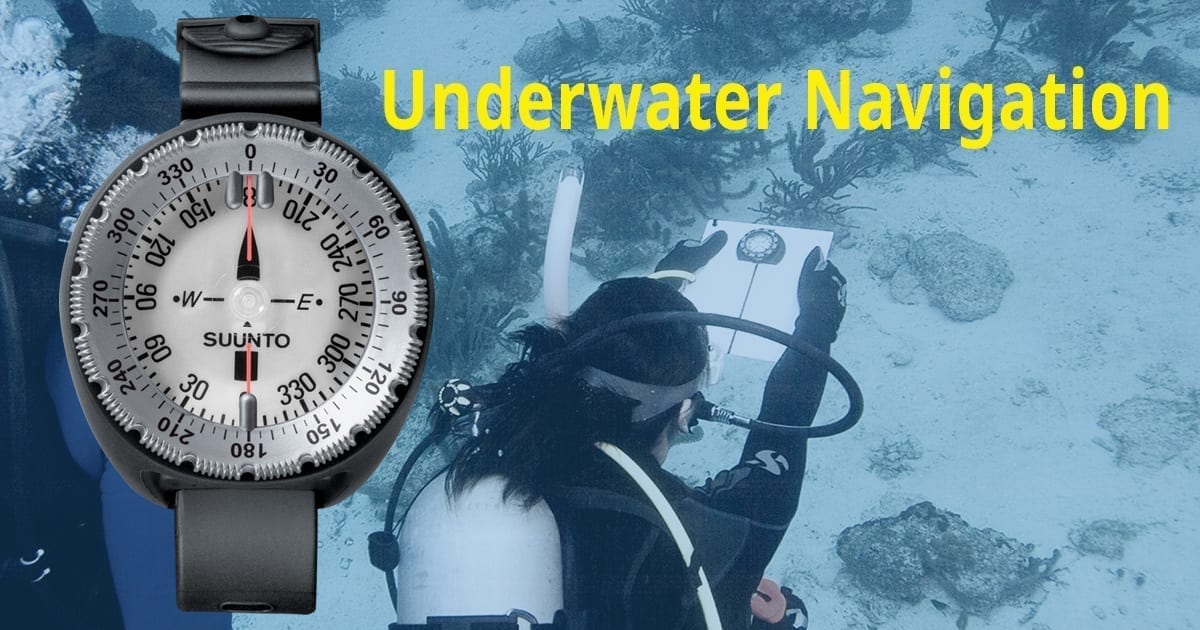One of the first things to learn while scuba diving is the importance of pressure equalization. This refers to opening the lower end of the Eustachian tube so that air can enter the tube to counteract the increasing pressure from the outside during descend.
As easy as equalization is to perform, even experienced divers can occasionally have problems. Here are some helpful techniques that divers can use to effectively balance the pressure in their ears:
- Tubal Opening by yawning or jaw wiggling.
- Valsalva Manoeuver – Pinch your nostrils and try to exhale carefully from the nose.
- Toynbee Manoeuver – Pinch your nostrils and swallow – use this technique if pressure equalization is required during ascent.
- Frenzel Manoeuver – Pinch your nostrils while contracting your throat muscles making the sound of the letter ‘K’.
- Lowry Technique – Pinch your nostrils and try to exhale gently from the nose during swallowing, combination of Valsalva and Toynbee Manoeuver.
- Edmonds Technique – Push your jaw forward and use the Valsalva or the Frenzel Manoeuver.
In general:
- Start equalizing before descending. Check before the dive, if there is a clicking sound in both ears. A slight overpressure in the ears before the descent facilitates the equalization under water.
- Descend feet first. It’s easier to equalize when your head is closer to the surface when you descend.
- Equalize before you feel uncomfortable. The deeper you go without equalizing the harder it becomes to equalize due to the increased pressure. Look up during equalizing. When you stretch your neck, the Eustachian tubes open.
- If it is difficult to equalize at a certain depth, ascend a little and try again.
- Never dive with a cold. Blocked tubes can make equalization very difficult or even impossible.
- Never force equalization. If there is no click sound in your ears, ascend and try again. If this does not work, it is advised to abort the dive for safety reasons. The risk of damaging the ears is too high to ignore.







